The care future for older adults needs housing and tech support
Aging in Place Technology Watch
DECEMBER 13, 2023
Further, 42% of women aged 75+ live alone. Yet all still seemed like niche ideas, not helping those women aged 75+. Maybe wearables, remote monitoring, telehealth, voice tech – individually fairly inexpensive and prescribed by a doctor or recommended by a family member or neighbor. Home remodeling for aging in pace?


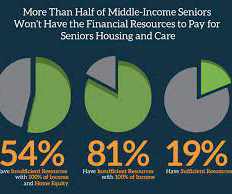
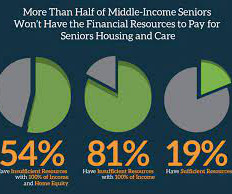
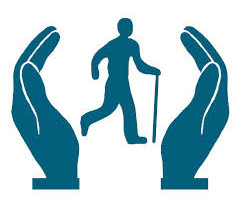



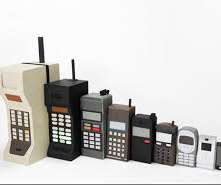





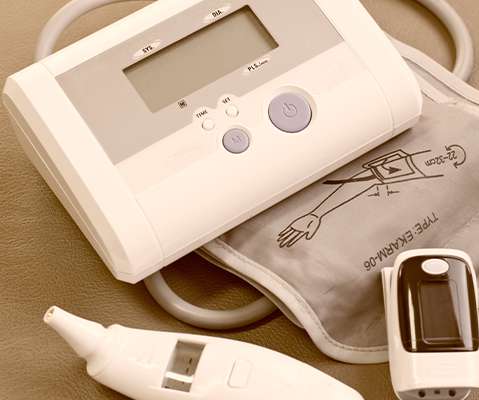








Let's personalize your content